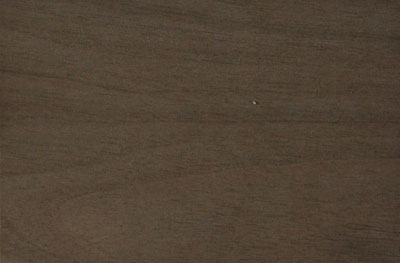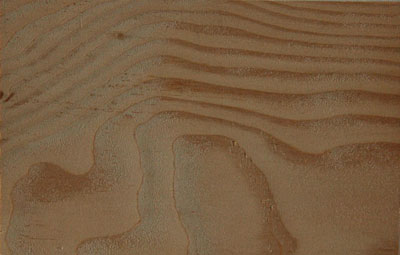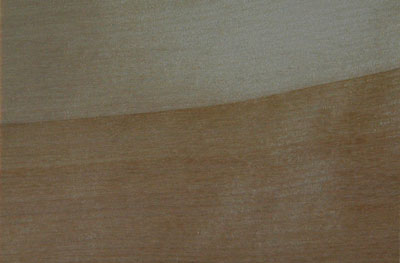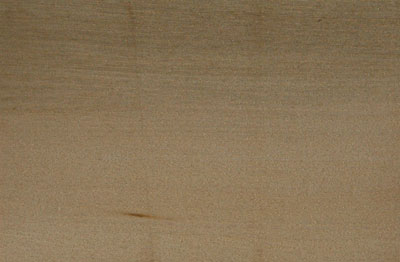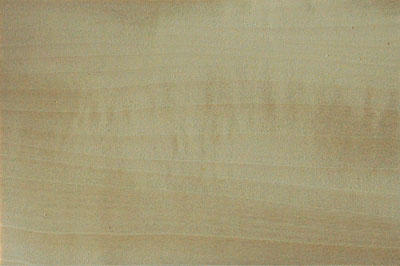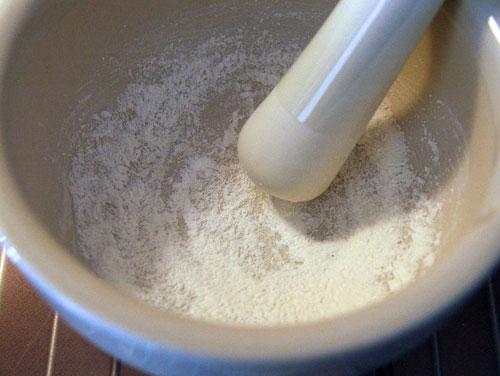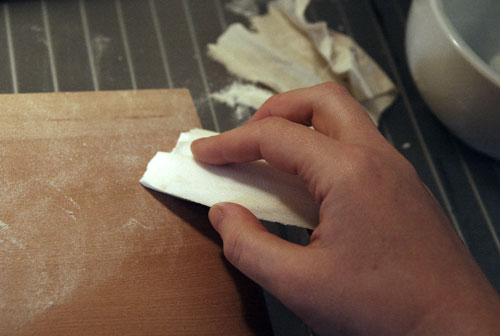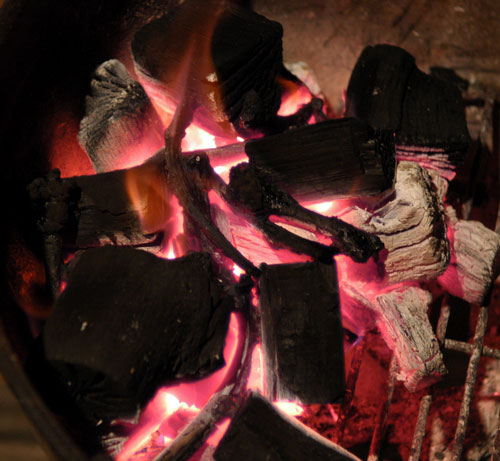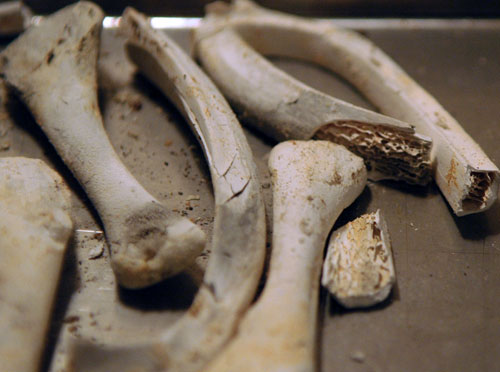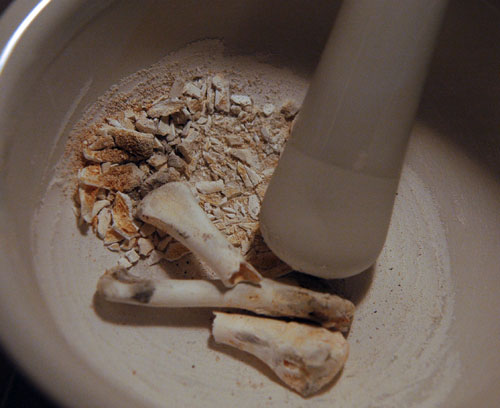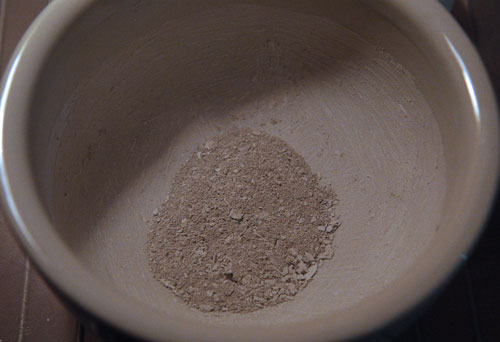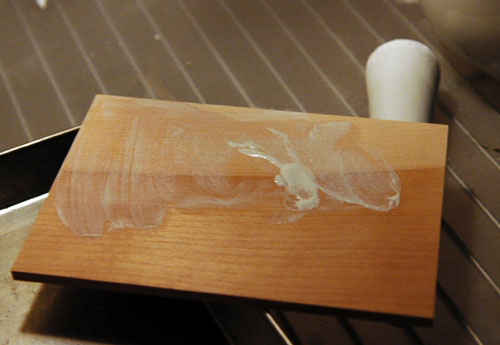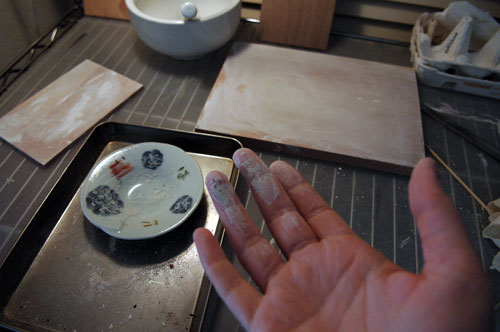What is this?
In the 14th century, an Italian painter named Cennino Cennini wrote a text on the techniques of painting. None of his paintings are known to have survived but we know how he worked and that is perhaps better for history.
I'm going to see if I can teach myself these methods and document them as I go along.
The original Libro dell'Arte is in Italian, of course, but has been translated several times in various editions. I'm using a combination of the 1859 Italian edition (machine translated into English as necessary) and Daniel V. Thompson Jr's 1933 translation of that edition for Yale University Press (currently published by Dover) known as The Craftsman's Handbook. I also have at hand a copy of Henley's Formulas and Lindsay's Chemical Cross Reference to provide me with slightly more modern instructions on some of the recipes Cennini glosses over. I'll find (and share) other sources and resources as I go along.
Cennini is a product of his time. He's quite religious. He advocates apprenticeship. He assumes knowledge that's been long forgotten. His writing and the translation are at turns complicated and sparse.
This should be quite an adventure. Will I be able to decipher 14th century instructions into something that makes sense to me? Will I be able to find the materials I need? Will the neighbors complain of foul stinks and plumes of acrid smoke? Despite the numerous likely pitfalls, I'm looking forward to making my own charcoal drawing sticks, mixing up a glue from lime and cheese, and trying my hand at gilding.
How to Navigate the Site
I've divided the site into the different sections in the book: Drawing, Colors, Fresco, etc and will go through each of them in turn, so until I finish the project (years after I begin, I imagine) there will be categories that are blank. The full category listing is on the home page
To read my adventures chronologically, which include Cennino's text, my comments, questions, trials, errors, discoveries and experiences, start with January 2007.
Or search for a specific word or phrase from the home page.
Who Am I?
There's an unanswerable philosophical question! But some stats are:
Born: April 1966
Nationality: American
Residence: Tokyo, Japan
Occupation: dilettante creative person
Blood Type: A
If you want to know more about me, scan through mediatinker.com where I've been posting since July 2000. Or look at some photos I've posted to Flickr. Or Google for "kristen mcquillin" and see what embarrassing things pop up.
